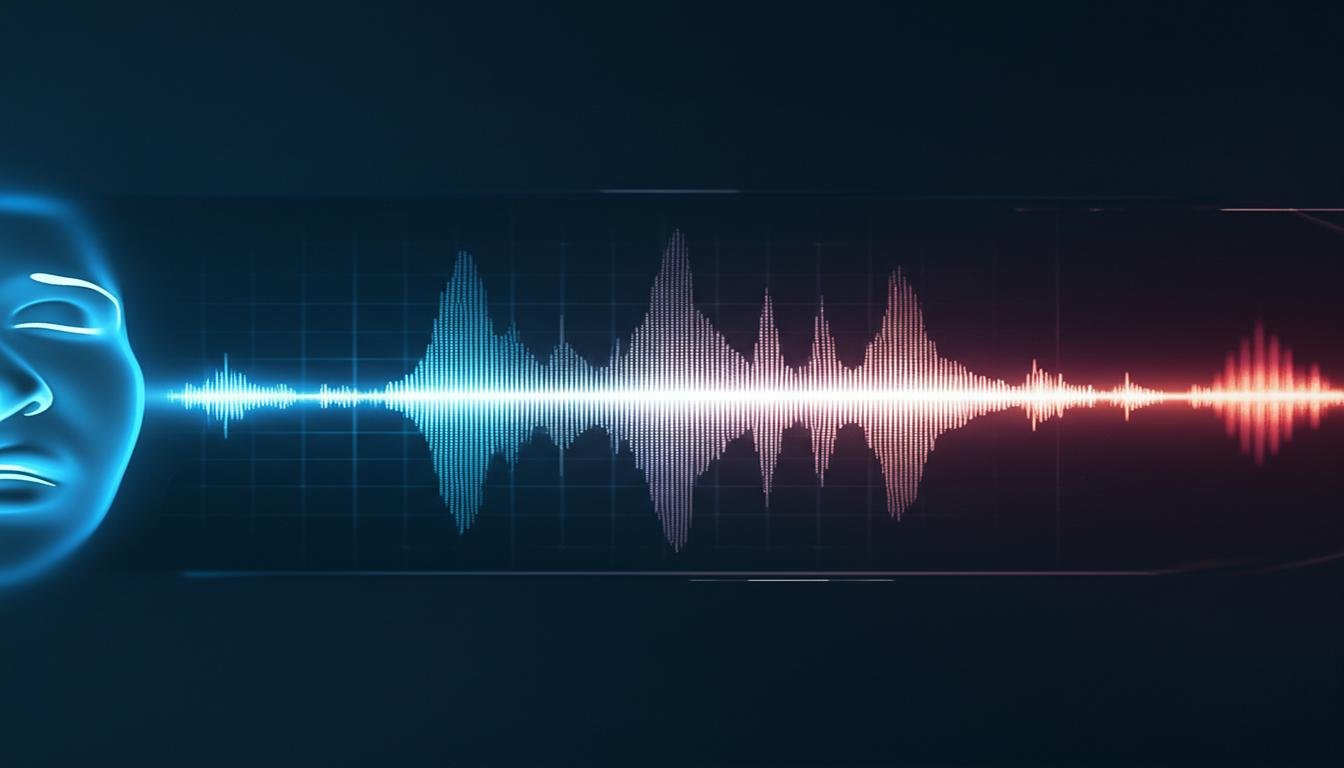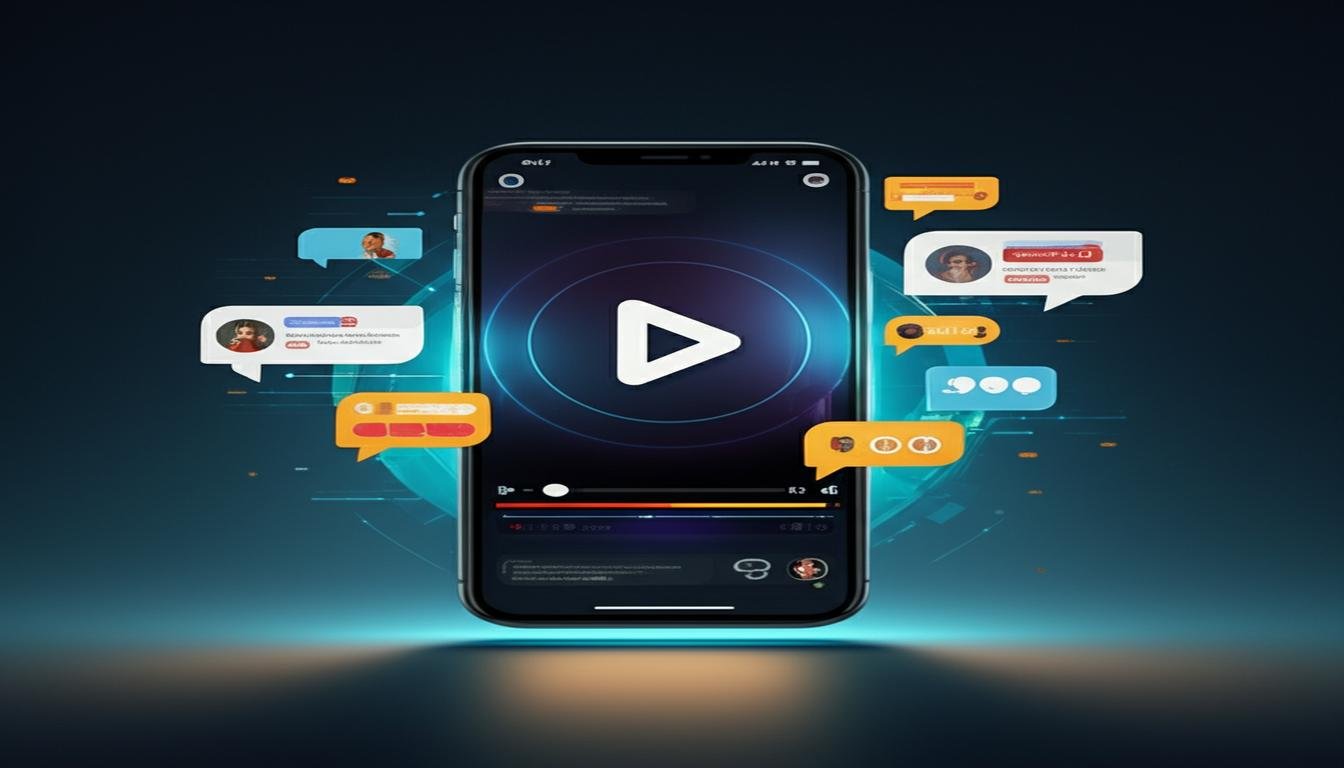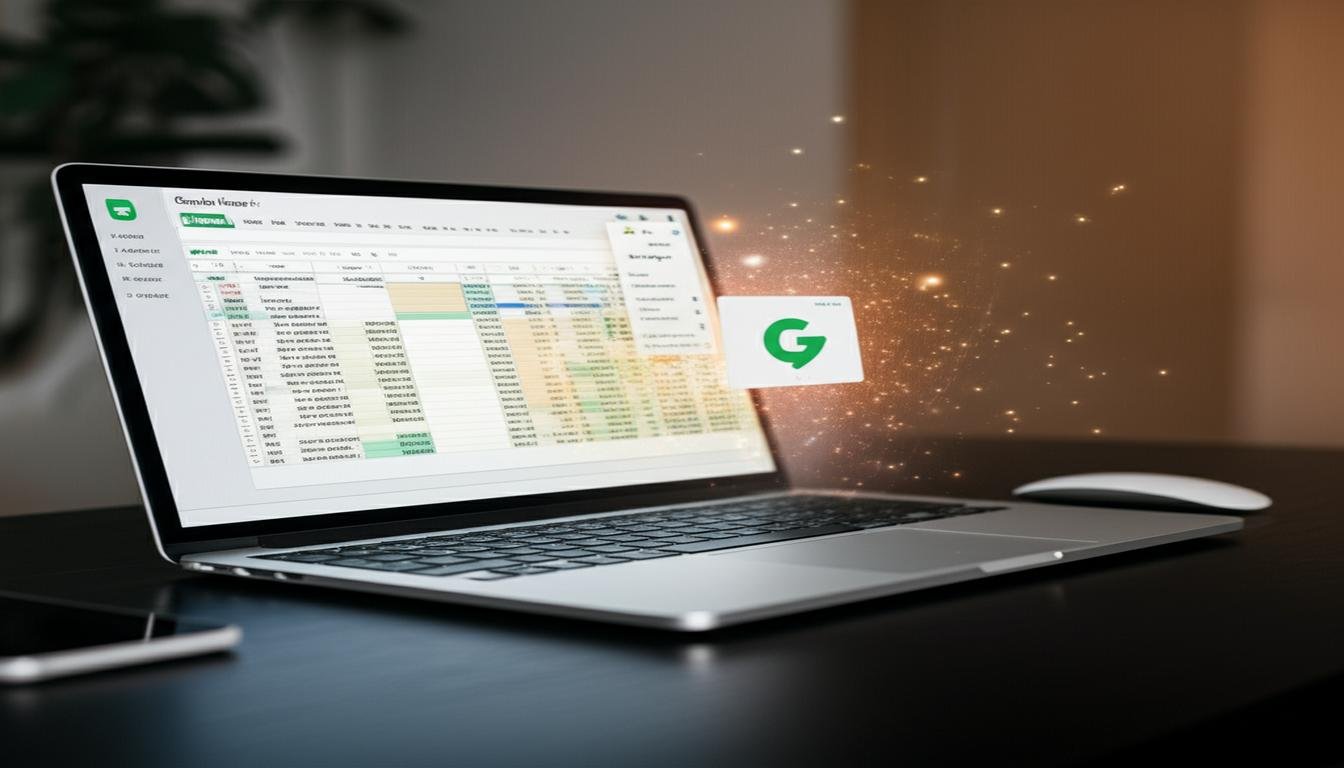This AI Tool Can Fake Any Signature – But Should You Use It?
Imagine this: You’re staring down a stack of documents, deadlines looming, and one crucial signature is missing. Maybe it’s a minor internal form, or perhaps something more significant. Then you hear about it – an AI tool that can supposedly mimic any signature, making it look perfectly legitimate. Pretty tempting, right? But before you even consider such a shortcut, let’s have a real, honest conversation about what this technology means and, more importantly, whether it’s ever a good idea to touch it with a ten-foot pole.
The rise of artificial intelligence is truly incredible. From writing emails to generating images, AI is transforming how we work and live. So, it’s no huge surprise that some AI applications are now capable of analyzing existing handwriting and creating incredibly convincing forgeries. But just because technology can do something, doesn’t mean it should, especially when it steps into the territory of personal identity and legal documents.
What Exactly Are We Talking About Here?
When we mention an “AI signature faker,” we’re talking about sophisticated algorithms designed to study the unique characteristics of a person’s handwritten signature. This includes things like:
- Pressure points
- Pen strokes and curves
- Speed and flow
- Letter formation and spacing
Once it “learns” these patterns, the AI can then generate a new signature that appears to be from the original person. On the surface, it might look indistinguishable to the untrained eye, or even to some basic verification systems. The technology itself is a testament to AI’s power, but its potential for misuse is where the real problems begin.
The Allure: Why Someone Might Be Tempted
Let’s be honest, the thought of instantly generating a signature might seem convenient in a pinch. Maybe you’re a busy executive trying to authorize a minor internal memo, or you genuinely believe you have verbal permission and just need to “get it done.” The perceived benefits might include:
- Saving time on trivial approvals.
- Avoiding delays when someone is unavailable.
- Streamlining workflow in an emergency.
But this perceived convenience is a dangerous mirage. It completely overlooks the monumental risks involved when you bypass the fundamental principle of a signature: consent and authenticity.
The HUGE Red Flags: Legal & Ethical Nightmares
Using an AI to fake a signature isn’t just a grey area; it’s a giant, flashing red light warning you away from serious trouble. This isn’t just about a “white lie” or a harmless shortcut. It delves into realms of fraud and forgery, with consequences that can derail careers, destroy reputations, and even lead to criminal charges.
Legal Consequences You Can’t Ignore
In most jurisdictions worldwide, signing someone else’s name without their express, verifiable permission – or doing so with the intent to deceive – is illegal. When an AI tool does it on your behalf, you are still the one responsible.
- Forgery: This is the big one. Creating a false signature with the intent to defraud is a serious crime, often carrying significant penalties, including jail time.
- Fraud: If that fake signature is used to gain a benefit, deceive, or cause a loss to another party, it quickly becomes fraud. This could be anything from signing a contract to authorizing a financial transaction.
- Contract Invalidation: Any document bearing a forged signature could be deemed invalid, throwing your agreements into chaos and potentially causing massive financial losses.
- Professional Misconduct: For professionals (lawyers, doctors, accountants, etc.), using such a tool could lead to disbarment, loss of license, and irreparable damage to your professional standing.
Ethical Dilemmas and Trust Erosion
Beyond the legal ramifications, consider the ethical fallout. A signature is a mark of consent, agreement, and personal accountability. Faking it, even with the most advanced AI, undermines the very foundation of trust.
- Loss of Trust: Once discovered, your credibility will be shattered with colleagues, clients, and partners. Rebuilding trust is an incredibly difficult, if not impossible, task.
- Integrity at Stake: It compromises your personal and professional integrity. It signals a willingness to deceive for personal gain or convenience.
- Misrepresentation: You are deliberately misrepresenting someone’s approval or agreement, which is fundamentally dishonest.
Real-World Risks You Can’t Ignore
Imagine a scenario: You use an AI tool to “sign” a time-sensitive delivery receipt because the actual recipient is out of office. A week later, the package is reported missing. Who is accountable? The paper trail leads directly to that forged signature, tying you to potential theft or negligence, even if you had good intentions. Or, consider a more serious case: a contract signed with a faked signature. If a dispute arises, that document could be immediately thrown out, leaving you legally vulnerable and financially exposed.
The risks aren’t just theoretical; they are tangible and can have devastating real-world consequences, impacting your finances, your reputation, and your freedom.
What Are the Legitimate Alternatives?
Thankfully, in our digital age, there are perfectly legal, secure, and ethical ways to obtain signatures remotely and efficiently without resorting to forgery. These methods are widely accepted and hold legal weight.
- Electronic Signatures (E-signatures): Tools like DocuSign, Adobe Sign, or HelloSign are specifically designed for this. They create a legally binding electronic record of consent, often with robust audit trails and security features.
- Digital Signatures: More secure than basic e-signatures, these use cryptography to verify the signer’s identity and ensure the document hasn’t been tampered with after signing. They’re often used for highly sensitive documents.
- Proxy Signatures: In some very specific and legally defined circumstances, one person can sign on behalf of another, but this requires clear, documented authorization (e.g., a Power of Attorney) and adherence to strict legal guidelines.
These legitimate options ensure authenticity, maintain legal standing, and protect all parties involved.
The Verdict: A Clear Warning
The mere existence of an AI tool that can fake signatures highlights the incredible advancements in artificial intelligence. However, its capability should never be confused with legality or ethical acceptability. The temptation for a quick fix or perceived convenience pales in comparison to the immense legal, ethical, and reputational damage that could result from using such a tool.
In a world increasingly reliant on digital trust and verification, deliberately undermining the authenticity of a signature is a dangerous path. It’s a path that leads to legal battles, broken trust, and severe personal and professional repercussions.
So, should you use an AI tool to fake any signature? The answer is an unequivocal and emphatic NO. Always prioritize integrity, legality, and genuine consent. Embrace the legitimate digital tools available to streamline your processes, and never compromise on the fundamental principle of an authentic signature.









